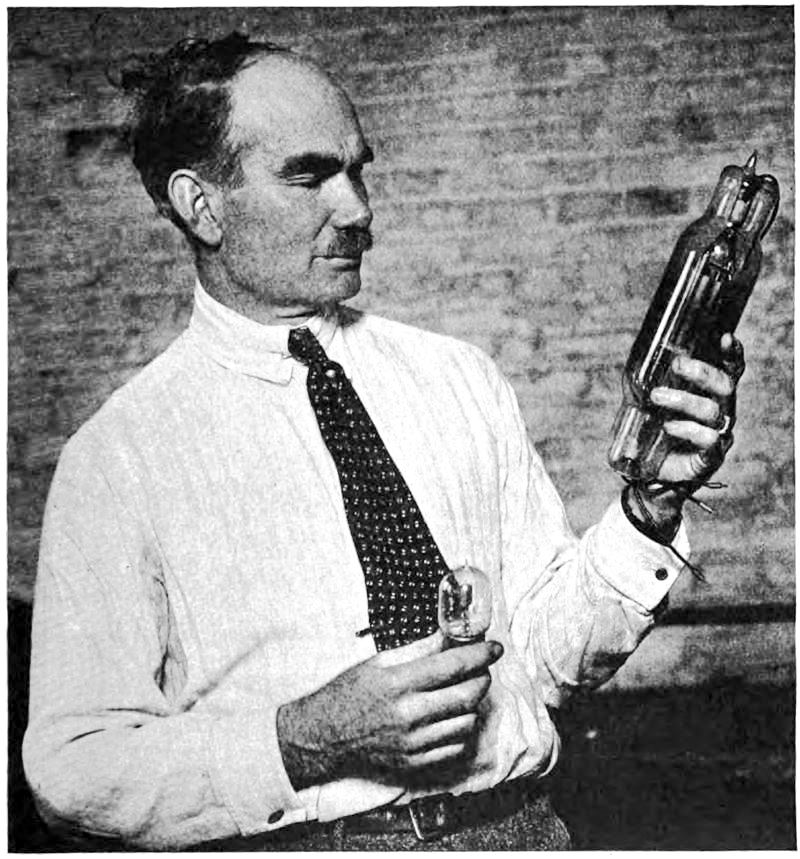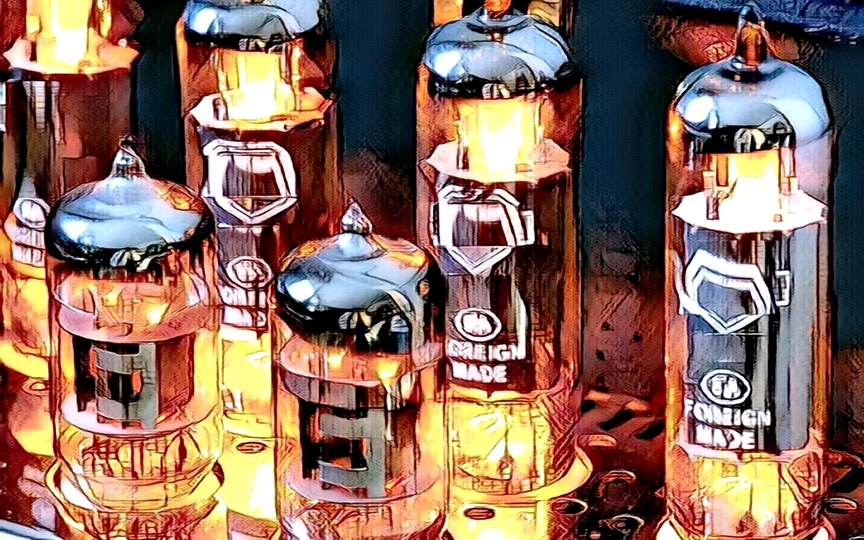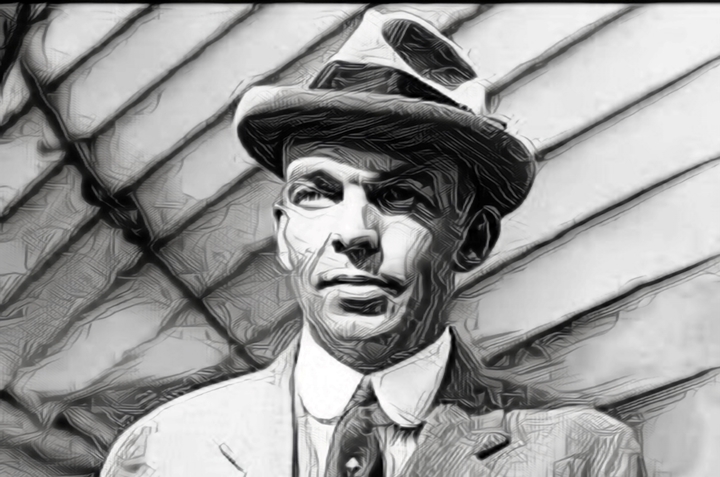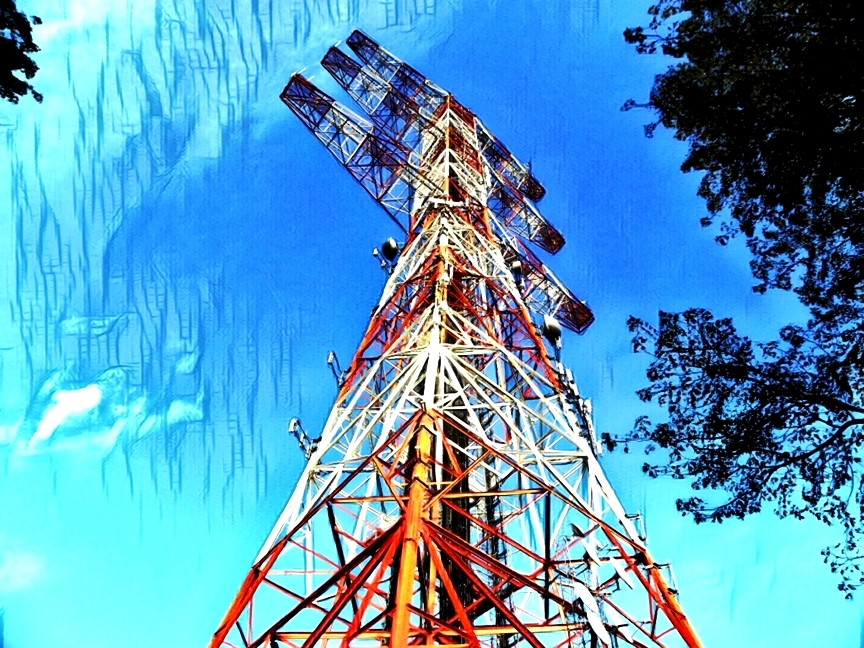
While thermionic emission (the basic principle of the vacuum tube) was known in the 1870s, Lee de Forest is credited with inventing the Triode tube in 1907. The vacuum tube could take very weak signals and amplify them. Electronically, it acted like a valve used in plumbing.

As you can see on the right, a triode (tri) has three elements. The grid receives a weak signal. The heated cathode gives off electrons. The signal coming into the grid modulates the amount of electrons allowed through it. In this way, a small amount or current (or power) in the signal can produce signals with a lot more power out.
de Forrest, an early experimenter, built a radio facility called the "Highbridge station." It was an experimental station in New York City. It was licensed to the De Forest Radio Telephone and Telegraph Company from 1915 to 1917. World War 1 interrupted it, but it started up again after the war. Others were developing the concept of a broadcast station also.
In 1916, the Highbridge station became the first radio station to use a vacuum-tube transmitter. It replaced the spark-gap and alternator (generator) types. It made regular news and entertainment broadcasts. On November 7, 1916, it was the first to broadcast U.S. presidential election returns by spoken word instead of Morse code.
De Forest invented the "Audion," a three-element vacuum tube (later known as a triode). But, he did not understand it very well.
Enter Edwin Howard Armstrong. He became one of the most prolific American inventors in broadcasting. He was born in 1890. At eight, he got rheumatic fever. It caused Sydenham's chorea, a serious neurological disorder. From then on, excitement or stress exacerbated a physical tic that afflicted him. Due to this illness, he withdrew from public school. He was home-tutored, which made him socially withdrawn. Early on, Armstrong showed an interest in electrical and mechanical devices. He also liked heights. He even built a makeshift antenna tower in his backyard. He even had a bosun's chair to hoist himself up and down. It often troubled the neighbors. He had a workshop in the attic of his parents' house.
In 1909, Armstrong started attending Columbia University in New York City. Armstrong challenged conventional wisdom and was quick to question both professors and peers. Here, he focused on subjects that interested him. He was often indifferent to his other studies. He came to value the practical over the theoretical. He reasoned that experiments produced better results than pure math or physics. Armstrong graduated from Columbia in 1913, with a degree in electrical engineering. The following year, they appointed him as a laboratory assistant at Columbia for $600 for one year. Afterwards, he worked as a research assistant for the college, for a salary of $1 a year. He used his position and the school's facilities to his advantage. He never worked for an outside company. He self-financed his research and development laboratory at Columbia. Many of his patents he owned outright.





